SIGN Me up
Sent straight to your inbox every Sunday!
Weekly Meal Plans
to make your life easier
type below and hit enter
SALADS
APPETIZERS AND SIDES
BREAKFASt
Browse by topic
A female empowering non-diet dietitian supporting women who want to create a healthier relationship with food.
Hi I'm Ashlen!
MAINS
SOUPS AND STEWS
DIPS, DRESSINGS & MARINADEs
Search the blog
BEVERAGES
SNACKS & DESSERTS
What You Need to Know About Sugar
November 12, 2021
As the holidays approach, people start to think about the festive food and delicious desserts. Some of the biggest questions that come up during this time are about sugar. In today’s blog post, I break down everything you need to know about sugar!
How much sugar is too much? Is there a type of sugar that is better than others? Are there good sugars? What’s the difference between white sugar and maple syrup or honey? Should I completely eliminate sugar from my diet?
Thankfully, I have the answers to your questions!
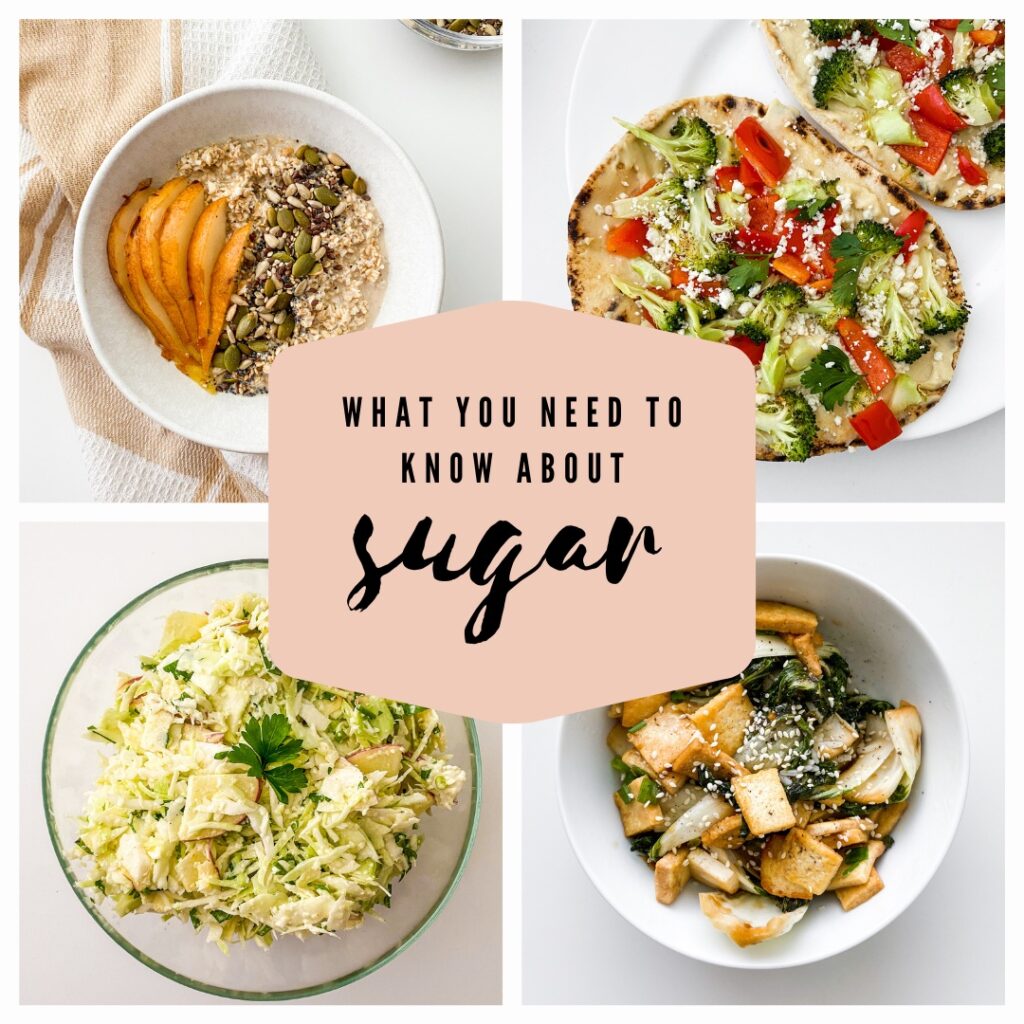
A few weeks ago, I was invited to attend a virtual workshop and food demonstration with the Canadian Sugar Institute and Canadian chef, Claire Tansey. Alongside fellow dietitians, I learned more about sugars and the recent updates being made to the Nutrition Facts labels. In particular, we discussed the addition of the “100 grams Daily Value” recommendation for total sugars. So let’s dive into the facts…
What you need to know about sugar:
Sugars are building blocks of carbohydrates that are made up of one or two molecules called saccharides. Longer chains of these saccharides create complex carbohydrates, or what we know as starches and fibre.
The term sugars/total sugars refers to all mono- and disaccharides (glucose, fructose, galactose, sucrose, maltose and lactose). These sugars occur naturally in dairy products, fruits and vegetables or can be added to foods and beverages to increase sweetness. Sugars that are added to products when they are prepared or processed are considered added sugars (honey, corn syrup, etc.).
“Sugars” do not include zero-calorie sweeteners or sugar alcohols.
- Zero-calorie sweeteners (ex. aspartame and sucralose) and sugar alcohols (ex. maltitol, sorbitol and xylitol) are food additives. NOTE: For some individuals, consuming large amounts of sugar alcohols can cause digestive distress like bloating, gas and diarrhea.
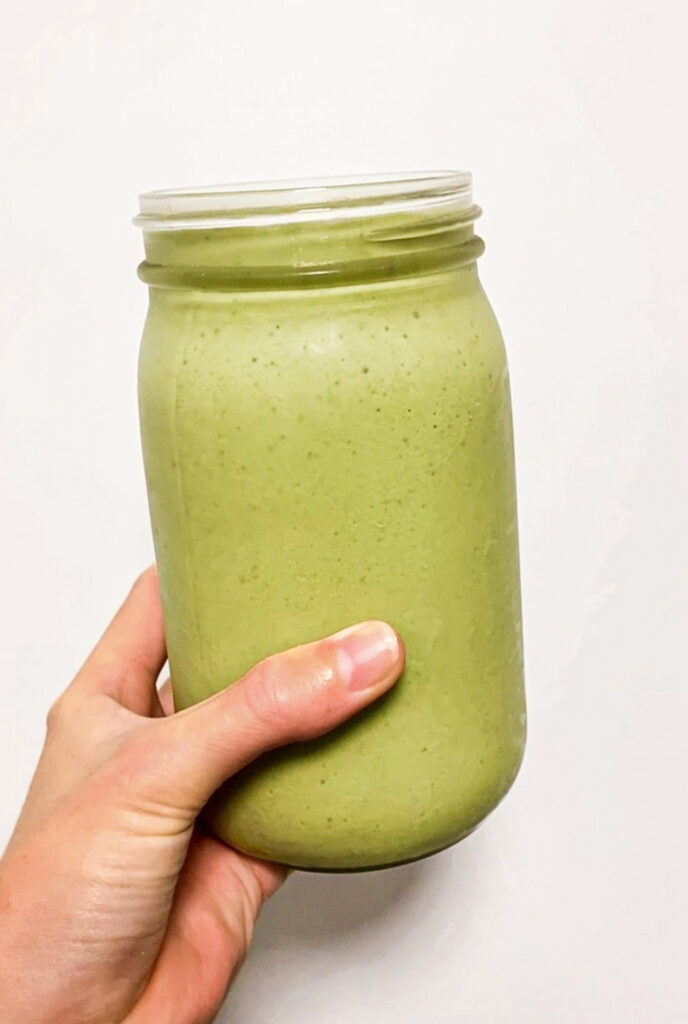
Did you know?
The term “sugars” on the nutrition label of food packages refers to total sugars. This includes naturally occuring lactose (sugar) in milk, sugars in fruit and added sugars.
Are some sugars better than others?
You may have heard that using unrefined added sugars like maple syrup, honey or agave nectar is healthier than white sugar, but let’s break that down.
First and foremost, be very careful with substitutions if you are using these ingredients in a structured recipe. If the recipe calls for white sugar and you choose to use honey instead, this could drastically alter the bake time and texture of the dish.
It is important to note that all added sugars are broken down and absorbed in the body as the simplest form: monosaccharide (glucose, fructose or galactose). The body recognizes all types of sugar as sugar, regardless of whether it’s maple syrup or white sugar. In addition to this, the amount of calories per serving of unrefined sugars and white sugar is very similar.
That being said, some unrefined sugars contain more nutrients, like potassium, magnesium and phosphorus, but I don’t recommend relying on sugar to meet your nutrient needs. You would need to consume extremely large amounts of these sugars to reap the benefits of these minerals!
So long story short, no, one type of sugar is not better or healthier than another. And on that note, let’s try to get away from thinking that foods have a moral status of “good,” “bad,” “clean” or “dirty”.
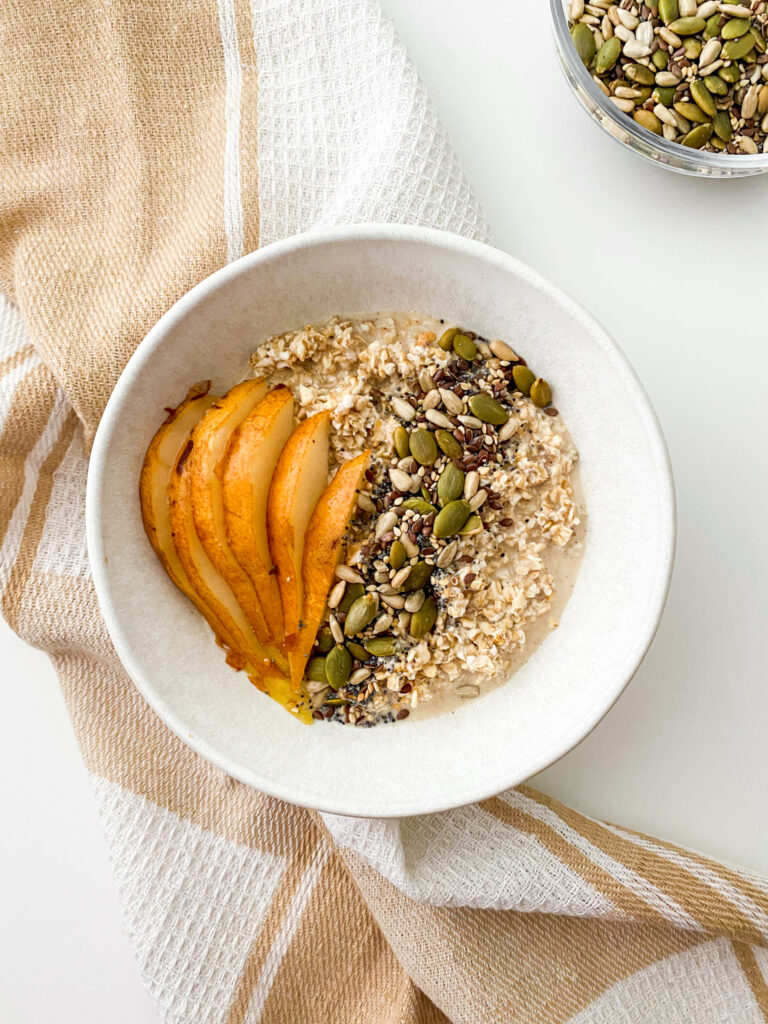
Can I become addicted to sugar?
Consuming foods that contain sugar can and should be an enjoyable experience, but for some people, eating these foods can have the effect of making you want more. This response may be due to many factors like genetics, how we’re brought up, hormones and the food and diet industries. Currently, evidence suggests that sugar does NOT cause physical dependence or produce the characteristics of an addictive substance (ex. tolerance and withdrawal). It may also be helpful to know that your sugar cravings are not due to lack of “willpower,” but are influenced by many other factors.
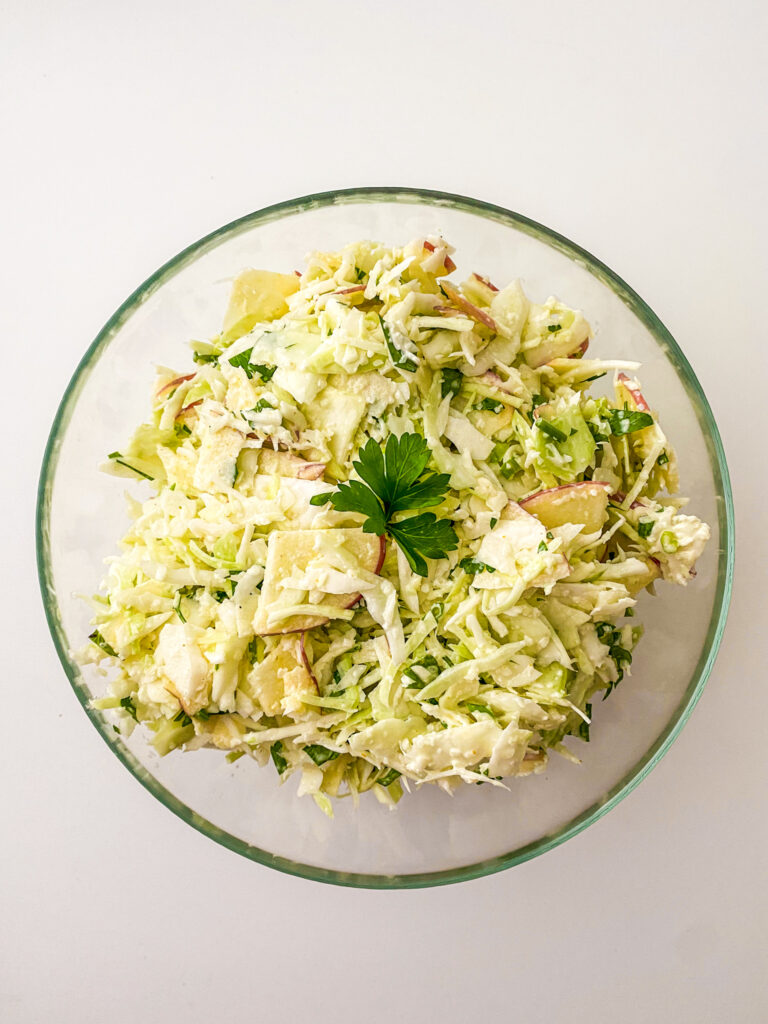
What is the 100 gram Daily Value Recommendation?
The Canadian government is making some changes to the Nutrition Facts label and the List of Ingredients on food packaging. The food industry has until 2022 to make these changes but you may notice some of them now! One of the main areas of focus is to provide clear information on sugars. This includes the addition of a Daily Value of 100 grams for total sugars.
- The 100 grams recommendation is based on 20% of a 2,000 calorie diet. According to Health Canada, “this value is not a recommended level of intake. Instead it is the amount of total sugars that is consistent with a healthy eating pattern. That is, a diet where sugars come mostly from fruit, vegetables, and plain milk”.1
Why the change? The government’s intent of providing this information is to ensure consumers are able to:
- Compare the content of sugars per serving of different foods, and
- Be more mindful about their overall sugar consumption.
As a dietitian that likes to focus more on the enjoyment of foods, I love the stance of this “recommendation.” Rather than determining a maximum dose, it’s a mere suggestion based on a healthy eating pattern. There will be days where you consume less than 100 grams and days where you will consume more, and these can both be considered part of a healthy diet. The information will be provided if we want it, but you can also choose to enjoy foods without reading nutrition labels or ingredient lists. You do you!
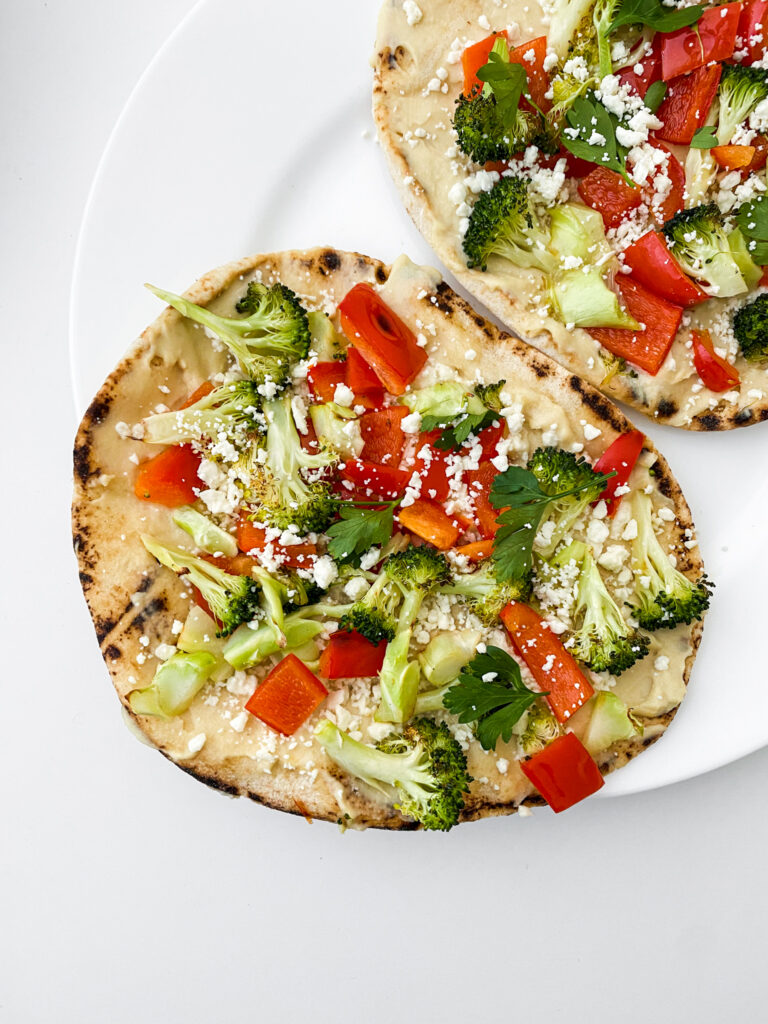
What does a day of 100 grams of sugar look like?
This is a tough question to answer because everyone has their own eating pattern and preferences. That’s why the dietitians at the Canadian Sugar Institute created the Sweet Spot Challenge. Dietitians, dietetic students, and nutrition professionals were asked to create an example one-day menu plan that incorporated the 100 gram Daily Value for total sugars as part of a 2,000 Calorie diet. If the total energy was higher or lower than 2000 calories, the sugars would be equivalent to 20% of daily calories.
In the workshop and later at home, I created a variety of dishes that were developed by Claire Tansey. These recipes, plus a few snacks and beverages, incorporate 100 grams of total sugars in a way that is balanced, nutritious and delicious!
- Instant Bircher Muesli
- Secretly Green Smoothie
- Roasted Vegetable and Hummus Pizzas
- Crunchy Coleslaw
- Teriyaki Tofu with Bok Choy
- Apple Galette
(See pictures of these recipes throughout this post!)
If you’re looking for more meal plans that are based on the 100g Daily Value for Sugar, check them out here!
Hopefully this post has provided everything you need to know about sugar, but if I left anything out, feel free to peruse the links below for more information!

Additional recipes that can fit into the 100 gram Daily Value:
This is not an exhaustive list. As I mentioned, this recommendation allows for a variety of foods. No need to feel deprived or restricted!
- Blueberry Chocolate Smoothie
- Herbed Bean and Rice Salad
- Greek Turkey Burgers with Garlic Dill Sauce
- Chocolate Chip Zucchini Muffin
Resources
- Check out the Health Canada page for more information on the new sugars labelling changes.
- Sugars Impact on Brain Health by Today’s Dietitian.
- Abby Langer’s take on sugar addiction.
- More on unrefined sugars by The Food Medic.
Disclosure: This “What You Need to Know About Sugar” post is sponsored by the dietitians at the Canadian Sugar Institute. I have received compensation for creating this blog post and participating in the virtual workshop hosted by the Canadian Sugar Institute. All information in this post is based on my own professional judgment and thoughts.
Recipes excerpted from Dinner, Uncomplicated: Fixing a Delicious Meal Every Night of the Week by Claire Tansey. Copyright © 2020 by Claire Tansey. Photography by Suech & Beck © 2020. Reprinted by permission.
Leave a Reply Cancel reply
One-on-one consults
All Foods Fit
weekly meal plans
Bachelor in Applied Sciences, Professional Masters Diploma in Dietetics, Diploma in Sports Nutrition from the International Olympic Committee
... Read my full story
Hey, I’m Ashlen!
Credentials
© 2024 Ashlen Leonard. all rights reserved. | privacy policy + Terms | site by sugar studios + Customized by Amanda Mays
THIS IS MY FAVOURITE BLOG SO FAR! Incredibly informative, easy to digest (pun intended) and tangible steps/recipes to follow. Brilliant.